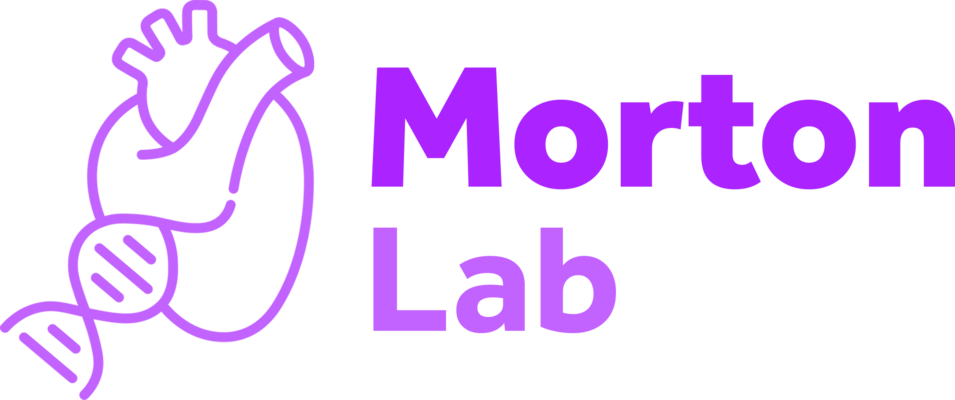BACKGROUND: Neonatal infections due to Paenibacillus species have increasingly been reported over the last few years.
METHODS: We performed a structured literature review of human Paenibacillus infections in pediatric and adult patients to compare the epidemiology of infections between these distinct patient populations.
RESULTS: Forty reports describing 177 infections were included. Two additional cases were brought to our attention by colleagues. There were 38 Paenibacillus infections occurring in adults caused by 23 species. The clinical presentations of infections were quite variable. In contrast, infections in infants were caused primarily by Paenibacillus thiaminolyticus (112/141, 79%). All the infants with Paenibacillus infection presented with sepsis syndrome or meningitis, often complicated by extensive cerebral destruction and hydrocephalus. Outcomes were commonly poor with 17% (24/141) mortality. Cystic encephalomalacia due to brain destruction was common in both Ugandan and American infant cases and 92/141 (65%) required surgical management of hydrocephalus following their infection.
CONCLUSIONS: Paenibacillus species seem to cause a clinical syndrome in infants characterized by brain abscesses, hydrocephalus and death. This contrasts with infection in adults, which is sporadic with only rare involvement of the central nervous system and very few deaths.

